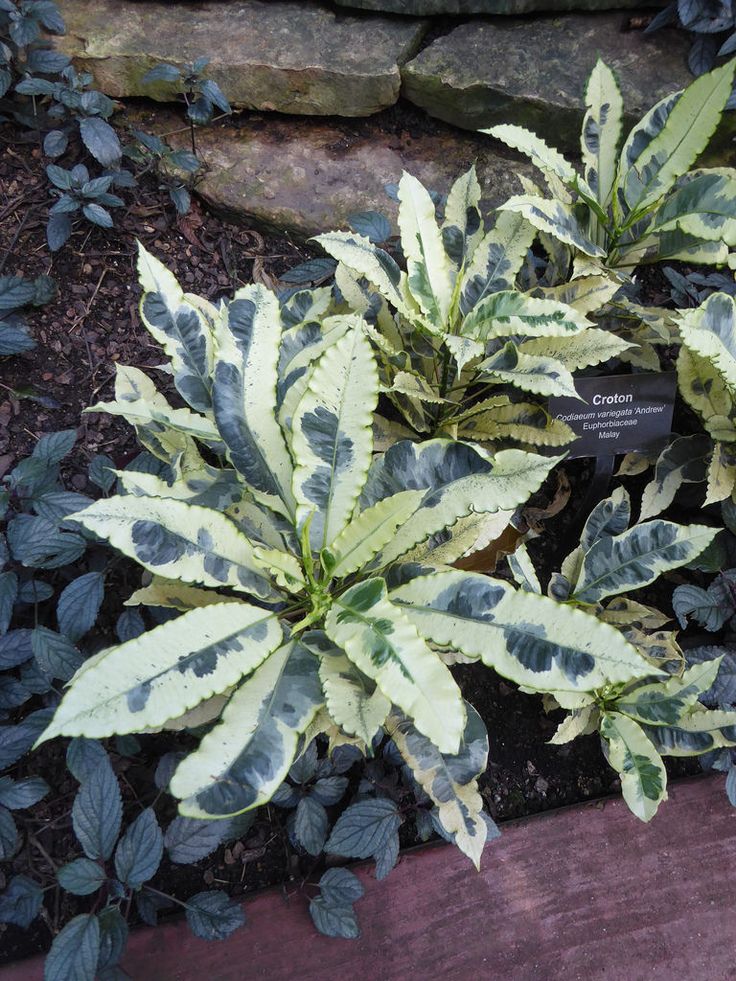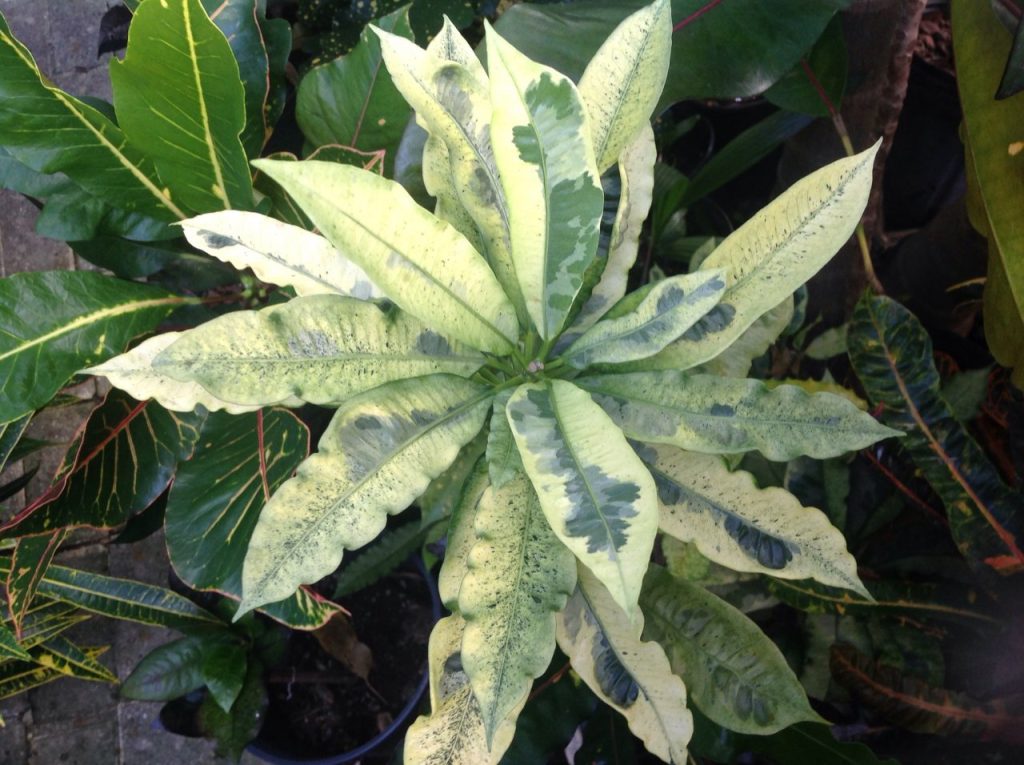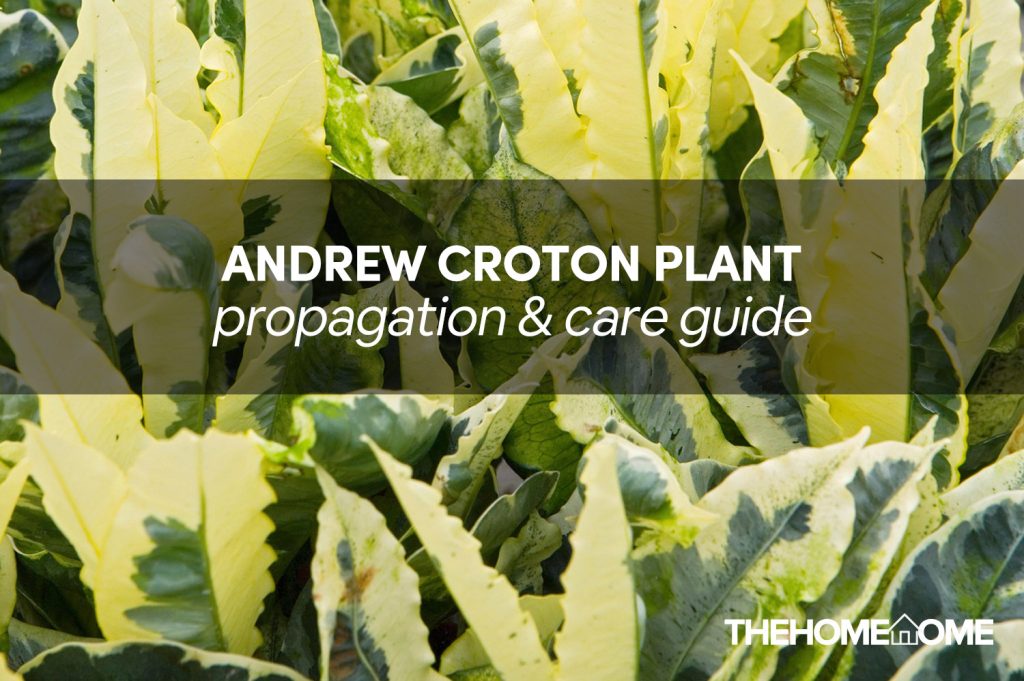Croton plants are one of the best indoor and outdoor plants, with over a hundred types. Crotons are vivacious and attractive plants. The Andrew croton plant is a fantastic croton houseplant species.
Starting with the various leaf shapes each of the varieties have, to the magnificent shades of red, burgundy, purple, green, yellow, and orange, it is one houseplant that you will never tire of having around.
This houseplant is also appreciated since it does not require much maintenance and is simple to maintain as long as the caregivers have the necessary knowledge. It doesn’t grow everywhere, but once found, it can grow wherever you put it in the right season.
Andrew Croton Plant Explained.
| Plant name | Andrew croton |
| Botanical name | Codiaeum variegatum |
| Plant family | Euphorbiaceae |
| Life cycle | Perennial |
| Classification | Tropical plant |
| Plant habit | Shrub |
| Size | 6 to 10 ft |
| Soil type | Well-draining |
| Soil ph | Acidic |
| Native | Malaysia |
| Light | Full sun/ partial shade |
| Toxicity | Toxic to humans and animals |
| Foliage color | Green, white, yellow |
| Fragrance | Non-fragrant |
This Malaysian native is an uncommon breed, thanks to its leathery leaves and brilliant green, yellow, and white hues. The Andrew croton enjoys intense light but likes to stay in the shade to avoid the color of its leaf becoming bleached.
This croton has pointy foliage that is rarely bushy, and it can reach a size of 6-10 inches with proper care.
We have provided you with a sufficient explanation of this unique houseplant, as well as for instructions on how to care for it and propagate it in the most basic of ways, so you may do it effectively.
Propagation Of The Andrew Croton Plant
Propagation is a fun and effective approach to increasing the number of croton plants in your garden. This is a surefire way to grow your plants, whether you want to sell them or keep them, and it’s also one of the most cost-effective ways to get them.
Crotons, unlike other plants, are relatively straightforward to propagate. You can be sure to have a lovely Andrew croton plant if you follow the methods outlined below.
Items Needed For Propagation
- A pair of sharp, clean shears or scissors
- An Andrew croton plant that is both healthy and mature.
- A pot in both small and large sizes
- A mixture of peat moss and perlite
- Plastic wrap
- Humidifier/vaporizer (not necessary).
Steps In Propagating Andrew Croton Plant
- Step 1: Cut a 4-inch length from your Andrew croton plant.
- Step 2: Remove the leaves from the bottom, leaving a small amount of the cutting on the top.
- Step 3: Place the cutting in a shallow pot filled with damp soil mixture.
- Step 4: Wrap the pot with plastic wrap and set it in a bright location.
- Step 6: Vaporize the soil as needed to keep it moist and maintain a high degree of humidity.
- Step 7: New roots should appear after about four weeks.
- Step 8: Move the new roots to a larger container.

Andrew Croton Plant Care Guide
You should pay great attention when caring for your houseplants. There are several basic things to keep in mind when caring for your Andrew croton plant to help it develop. To properly care for your plant, read over the care guide we have given.
1. Watering
When the plant is overwatered, it becomes soft and drops off. Also, if you do not water the plants regularly, their leaves droop and fall off. However, in between watering, allow the soil to completely dry. Crotons enjoy being kept equally moist during summer months, but during winter months, you should reduce watering.
2. Pruning
Although the Andrew croton is not prone to becoming leggy, croton ought to be trimmed. Prune your plant at the start of the growing season. Also, trim off unhealthy leaves and branches and keep them in proper shape.
3. Humidity
Given that they are tropical plants, crotons prefer moderate humidity levels. Additionally, because Andrew croton, like other plants, collects water through its root system rather than its leaves, you should water the soil as much as possible to keep your plant moist. If you’re growing the Andrew croton in a dry environment, your humidifier will suffice.
Consider placing the pot on stones with water just below the tops of the rocks to boost the humidity surrounding the plants. Make sure that no water seeps in through the bottom of the pot to avoid overwatering the soil and plant.
4. Fertilizers
During the growing season, give your plants a little more attention with slow-release injections or liquid fertilizer. During the winter, it is not advisable to feed your plant. Also, before putting the product to your croton, read the product’s prescription.

5. Light
The Andrew croton, like all croton houseplants, needs intense light to keep its brilliant leaves. New leaves are mostly green, not yellow, red, or orange, if there is insufficient light. Andrew croton’s leaves become dull and gloomy when exposed to too much direct sunlight.
6. Temperature
Crotons are native to tropical areas and are unable to withstand chilly temperatures. They must remain above 60 degrees at all times. They will begin to lose leaves if the temperature drops below that. In addition, if the leaves are subjected to severe heat, they will become dull and scorched.
7. Soil
Croton plants should be grown in well-drained soil for the best results. If the soil becomes too wet, the plants will quickly succumb to root rot. Place your palm on the soil surface to see if the earth is too dry for your Andrew croton. If the soil is dry, water it.
Another way to tell is to stick your fingers in the dirt and see if it’s moist. If it’s not, water it.
Andre Croton Growing Tips
Andrew croton leaves bend or curl occasionally, especially as they grow larger; however, this could be due to too much fertilizer or insufficient sunlight. Here are simple growing tips to help.
- Reduce the fertilizer and relocate the plant to a spot that will provide adequate sunlight to correct the problem.
- Choose a location with indirect sunshine if you’re going to plant your Andrew croton outside. Leaf bleaching and blistering can occur if this cultivar receives too much direct sunshine.
- Your Andrew croton plants will need to be repotted now and then. You should repot your plants at least once a year, and when you do, decide on a pot size that is larger than the existing one.
- Because the Andrew croton plant is susceptible to frost, add two inches of soil around the base of the plant to insulate the roots. Also, if you live in a cold climate, the gardeners’ blankets might help keep the chill at bay.
- Do not leave a fallen leaf on the soil, to prevent pests and diseases. Remove it as quickly as you notice it.
Frequently Asked Questions
What is the lifespan of the Andrew croton plant?
Andrew croton plants live for two to four years on average. However, depending on the climate and care, the croton can live for much longer. Croton houseplants that are kept outside, on the other hand, survive longer than those that are kept indoors.
How do I clean my plant?
Cleaning the croton leaves requires insecticidal soaps. You can wipe your leaves with this soap and a moist cloth. A spray bottle filled with water and a napkin can also be used.
How fast does the Andrew croton grow?
In four to six weeks, the Andrew croton plant should start to show roots, and in three to four months, you should have a fully grown croton plant. This is very based on how well your plant is cared for and maintained.
Will My Pet Die If It Eats The Croton Plant?
No, if a pet eats a croton plant, it will most likely not die, but the plant’s toxicity will cause difficulties for the pet, and if this happens frequently enough, it could lead to death. Both humans and pets should avoid consuming this plant.
Conclusion
The Andrew croton is a beautiful variation of codiaeum variegatum. When choosing a spot in your home for your Andrew croton, keep in mind that it needs to be brightly lit to allow the beautiful colors of the plant to shine through.
Finally, it is a truth that this plant will not live indefinitely; one reliable and effective approach to outlive the croton is by propagation.

